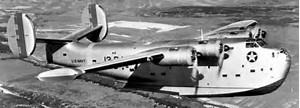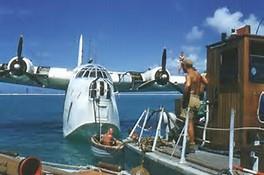A free template by Lucknowwebs.com for WYSIWYG WebBuilder 8
Powered by Sispro1-S
Nigel G Wilcox
Paragon Of Space Publication
© Copyright Reserved - United Kingdom
Ideal Screen Composition 1024 x 768
SITEMAP
SCIENCE RESEARCH
ABOUT
Desk
Supersonic
Stealth
MAIN INDEX
Sea-Air Planes
Consolidated Vultee's-PB2Y-Coronado
Coronado flying boat was a successful four-engined patrol bomber, transport and flying naval ambulance first ordered by the U.S. Navy in 1936 as the successor to the obsolescent PBY Catalina. In the event, both types served throughout the war. The PB2Y-2, the first production version, entered service in January 1941. The PB2Y-3 was produced from late 1941 until 1944 and incorporated self-sealing fuel tanks and improved armor protection for the crew. In 1944, production shifted to the PB2Y-5 using Pratt & Whitney R-1830-92 radial engines with single stage superchargers, the same engine used in the Catalina flying boat. This change saved weight, increased load capacity and did not impede their low altitude performance, although it degraded their high altitude performance. However, PB2Y's did not usually operate at high altitude.
The transport versions were the PB2Y-3R and PB2Y-5R (44 passengers or 16,000 pounds of cargo) and most PB2Y-3 patrol bombers were eventually converted to -3R standard. The PB2Y-5H flying ambulance version could accommodate up to 25 stretcher cases.
In the Pacific, PB2Y-3R's (and later -5R's) were a crucial part of the Naval Air Transport Service fleet. Most had originally been built as -3 patrol bombers, but their limited combat radius relegated them to transport service. By 1945, the Coronado was showing its age and soon after the end of the war the Coronado fleet was retired. Only one Coronado survives today, the others having been scraped after the war.
The Coronado was the USN's most successful four-engined flying boat, built in much greater numbers than the larger (145,000 pound max TO weight) Martin JRM-1 Mars transport, of which only seven were completed. The first production Mars did not enter service until the summer of 1945, while the Coronado served throughout the war. Among Allied flying boats, the Coronado was very competitive with the more famous Sunderland flying boat, except in range. (The earlier, smaller and less expensive PBY Catalina handily outranged the Coronado, which was the key to the Catalina's longevity.) Here are the specifications for the PB2Y-3 Coronado patrol bomber.
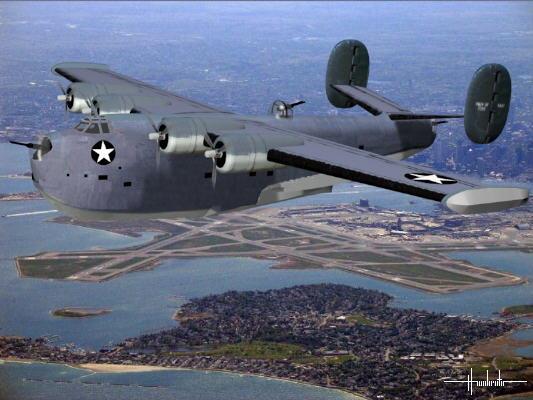
The PB2Y Coronado is a large flying boat patrol bomber designed by Consolidated Aircraft. As of 2005, one surviving example of the Coronado remains at the National Museum of Naval Aviation at Naval Air Station Pensacola, Florida.
Maximum speed: 312.21 km/h (194 mph) Maiden flight: 17 Dec 1937 Length: 79.25 ft Wingspan: 114.83 ft Passengers: 10 Engine Type: Pratt & Whitney R-1830 Twin Wasp
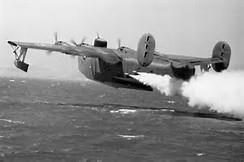
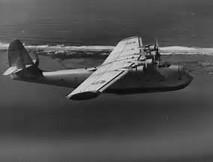
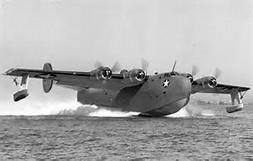
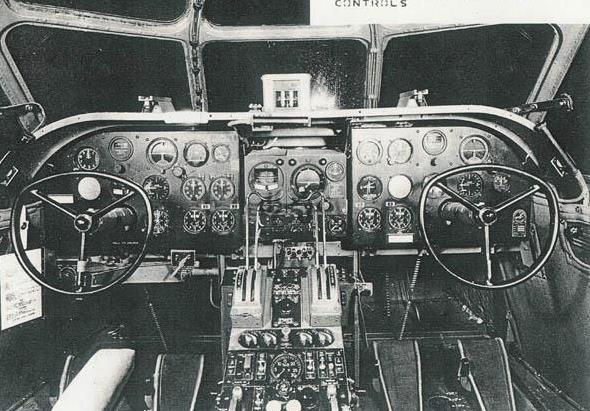
General characteristics
Crew: ten
Length: 79 ft 3 in (24.2 m)
Wingspan: 115 ft 0 in (35 m)
Height: 27 ft 6 in (8.4 m)
Wing area: 1,780 ft² (165 m²)
Empty weight: 40,850 lb (18,530 kg)
Max. takeoff weight: 66,000 lb (30,000 kg)
Powerplant: 4 × Pratt & Whitney R-1830-92 radial engines, 1,200 hp (900 kW) each
Performance
Maximum speed: 194 mph (168 knots, 310 km/h)
Cruise speed: 170 mph (148 knots, 272 km/h)
Range: 1,070 mi (930 NM, 1,720 km) at 131 mph (210 km/h)
Service ceiling: 20,500 ft (6,250 m)
Armament
Guns:
6× .50 in (12.7 mm) M2 Browning machine guns in twin nose, dorsal, and tail powered turrets
2× .50 in M2 Browning machine guns in manual waist mounts
Bombs:
2× Mark 13 torpedoes or
Up to 12,000 lb (5,400 kg) of bombs, housed in the wings
Role: Maritime patrol bomber
Manufacturer: Consolidated Aircraft
First flight: 17 December 1937
Status: Retired
Primary users: Royal Air Force
United States Navy Number built: 217
S'sonic
Stealth
Menu
Space
Transport
Menu
Topic
Menu
Study
Menu










